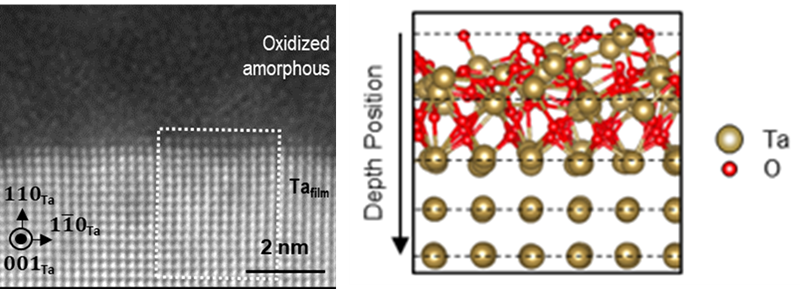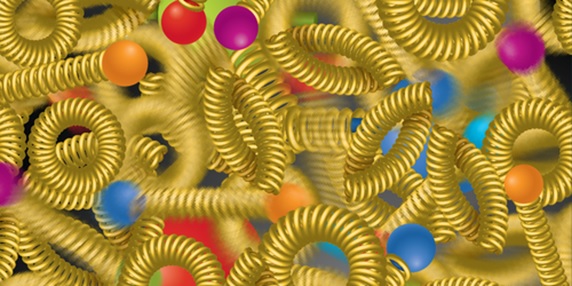In 1930, scientists developed the idea of a tiny particle called a neutrino. Nearly 100 years later, we’re digging into the many ways this particle can help us understand the universe.
Neutrinos have no charge and are extremely abundant in the universe. They’re regularly produced by stars. For a long time, scientists thought they didn’t have mass. Finding out that they do have mass was just one of the ways neutrinos have surprised scientists. Other surprising properties include the fact that they have multiple types, which physicists call “flavors.” (Even though they don’t taste like anything.) Neutrinos also shift between these types as they travel through space.
To reveal more about neutrinos, the Department of Energy’s Office of Science is supporting an experiment that requires some literal digging. Once construction is finished, the Deep Underground Neutrino Experiment in the Long-Baseline Neutrino Facility (LBNF/DUNE) will be the most advanced and comprehensive neutrino experiment in the world.
LBNF/DUNE comprises two parts. One is at DOE’s Fermi National Accelerator Laboratory, the host lab for this international experiment. Its particle accelerators will shoot neutrinos 800 miles through the Earth, from Illinois to South Dakota. The second part is located more than a mile underground in a former gold mine in Lead, SD, now the site of the Sanford Underground Research Facility. The neutrino detectors need to be deep underground to protect them from cosmic rays that could interfere with detecting neutrinos and other subatomic particles. To make space for the detectors, the construction team is excavating 800,000 tons of rock. About 70% of the excavation is complete.
The experiment will help us learn more about the existence of matter, the formation of neutron stars and black holes, and the relationship between the four major forces of the universe. Using the DUNE detector, scientists will look at how neutrinos change between different flavors as they move. They will also be able to look for other processes, including protons breaking down and neutrinos being produced by supernovae.
sourced from https://www.sourcearu.com



